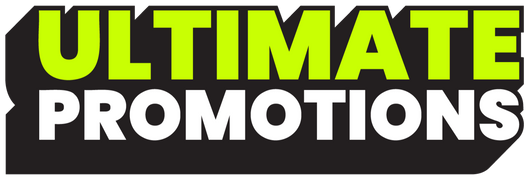The most sought after sport trading pin by any trader at the major sporting event, is the puzzle pin.
Coming up with an effective custom puzzle pin design can be quite puzzling in its own right! We offer 4 things to consider when designing puzzle pins.
1) You Need The "Right" Design Concept
The biggest challenge that puzzle pins present is creating a design that looks good when its split into parts.
Your ideas might look great on paper but once you wear them as a pin sometimes it's hard to make the desired shape appear once it's pinned to a jacket. You might need to add two post and grips to prevent the pin from turning. If you have team jackets, be aware that every pin will puncture the waterproof membranes present in most outdoor team coats. Puzzle pins with four pieces and eight post and grips can make your jacket look like swiss cheese after. Also note that we don't recommend magnetic backs for puzzle pins. It's just too hard to position the pins properly.
Trying to merge a team logo and an event logo and a design idea on one pin, seldom works well in our opinion. There is just too much going on. This is why we seldom suggest this product. Overall puzzle pins are quite costly and the same effect can be achieved with a quality pin of the day, mascot pin or a strong trading pin idea.
Our advice is to let your chosen pin supplier design the pins for you. Traditional graphic designers without pin design experience often submit designs that do not meet minimum requirements for enamel inlay or the approved design can only work as a printed pin. Most people expect a traditional metal pin when it comes to trading.

2) Prepare your art first, get quotes, then decide.
Custom puzzle pins are complex. There is no such thing as a "ballpark" quote for this product. We suggest you find a vendor who gets good ratings on google, has experience designing puzzle pins and then request an art proof.
The worst thing an organizing committee can do is allocate budget to a pin project BEFORE the design is done.
There are three main ways we manufacture a pin and they all come with different pricing structures.
Your design dictates the manufacturing process and size. Just because you want a one inch, soft enamel pin doesn't mean the design will work using that process.
[Learn more about that with our article "What Are The Different Types Of Lapel PIns". ]
You may need to change to hard enamel because there is small text that requires a silkscreen. In other words the cost can double because your design doesn't work with your desired manufacturing process. If it sounds complicated, it is!
3) Use designs and techniques specific for lapel pins.
- If you still want to use your own designers, please ask them toe review our Enamel Pin Design Course.
- We suggest using sandblasted finishesor use semi-transparent enamels.
- Stay away from circles and squares with a logo set in the middle. Make the art protrude off the edges.
Check out this example. You are looking at one part of a multi part puzzle pin.
as a stand alone pin, it works. The shape is interesting and features the graceful lines of a polar bear.
There is not an excessive amount of detail

4) Avoid "design contests" for puzzle pins.
Puzzle pins are just too complicated. Design contests are great in certain situations. But in most cases kids design using crayons or felt markers on a letter sized sheet. That limits your pin choice to the printed pin process. In our opinion, printed pins come off as "cheap" in most cases.
You May Also Like
- Enamel Pin Designer Master Class (4 videos)
- Enamel Pin Design Screencast: Design 101
- DIY Enamel Pin Design: Pins Without Paint
- DIY Enamel Pin Design: Cheat Sheet
- DIY Enamel Pin Design: Glitter
- DIY Enamel Pin Design: Electroplating
- DIY Enamel Pins Design: Textures
- DIY Enamel Pin Design: Clear Enamel
- DIY Enamel Pin Design: Silk Screens

